
While the age old idiom warns of “seeing the forest for the trees,” we’re here to warn of the opposite: “seeing the trees for the forest!” What we mean is that it can be difficult to notice the difference between invasive and native species in our forests; many invasive species look quite similar to native species. However, if you know what to look for, you’ll start to notice the differences with ease! Below we outline some of the common invasive plant look alikes you might run into during a forest stroll.
This article can serve as a guide for plant identification, differentiating native from non-native species while weeding, and for planting look-alike alternatives to invasive species. If you are planning to replace your laurel or holly with something like a rhododendron, make sure the conditions are appropriate!
Some of the comparisons below contain multiple species on the native or invasive species side, make sure to check for multiple images!
Shrubs
Throughout the year, evergreen and deciduous shrubs provide an important source of food and shelter for all sorts of wildlife. While invasive, weedy shrubs can also provide food and shelter for wildlife, they tend to create dense, monocultural stands. These dense stands block out native plant species, giving local wildlife fewer options, and ultimately preventing many animal species from thriving. Reclaiming and restoring green spaces that have been dominated by species like Himalyan blackberry is key to having healthy forests in the future! But before we can clear weedy species, it’s key that we know the difference between native shrubs that need our help, and invasive species that are taking up too much space.
Invasive
Native
Herbaceous
Herbaceous (non-woody) plants typically grow shorter than shrubs, and exist primarily on the forest floor. These flowering plants provide nutrients and moisture for soil, in addition to providing for pollinators during the flowering season. Herbaceous species also include a great variety of species and forms. This great diversity of forms can create a difficult situation for those looking to id plants, particularly when these plants aren’t flowering! Below are just a few key look-alikes to look out for.
Invasive
Native
Thanks for Reading!
We hope you enjoyed our brief pointers on invasive plant look-alikes and how to tell them apart. If you are getting involved in any restoration projects, make sure to keep an eye out for these species! If you’re looking to do some landscaping, we encourage you to use native plants, which have so many benefits for local pollinators and wildlife, and are just as beautiful!
Have you been bamboozled by these look-alikes before? Know any other similar species that have tricked you in the past? Feel free to comment your stories about plant doppelgangers, we’d love to hear your stories!
Lastly, if you’re interested in learning more about these invasive species, and how their management is prioritized by the county, click here to find out about their classification.

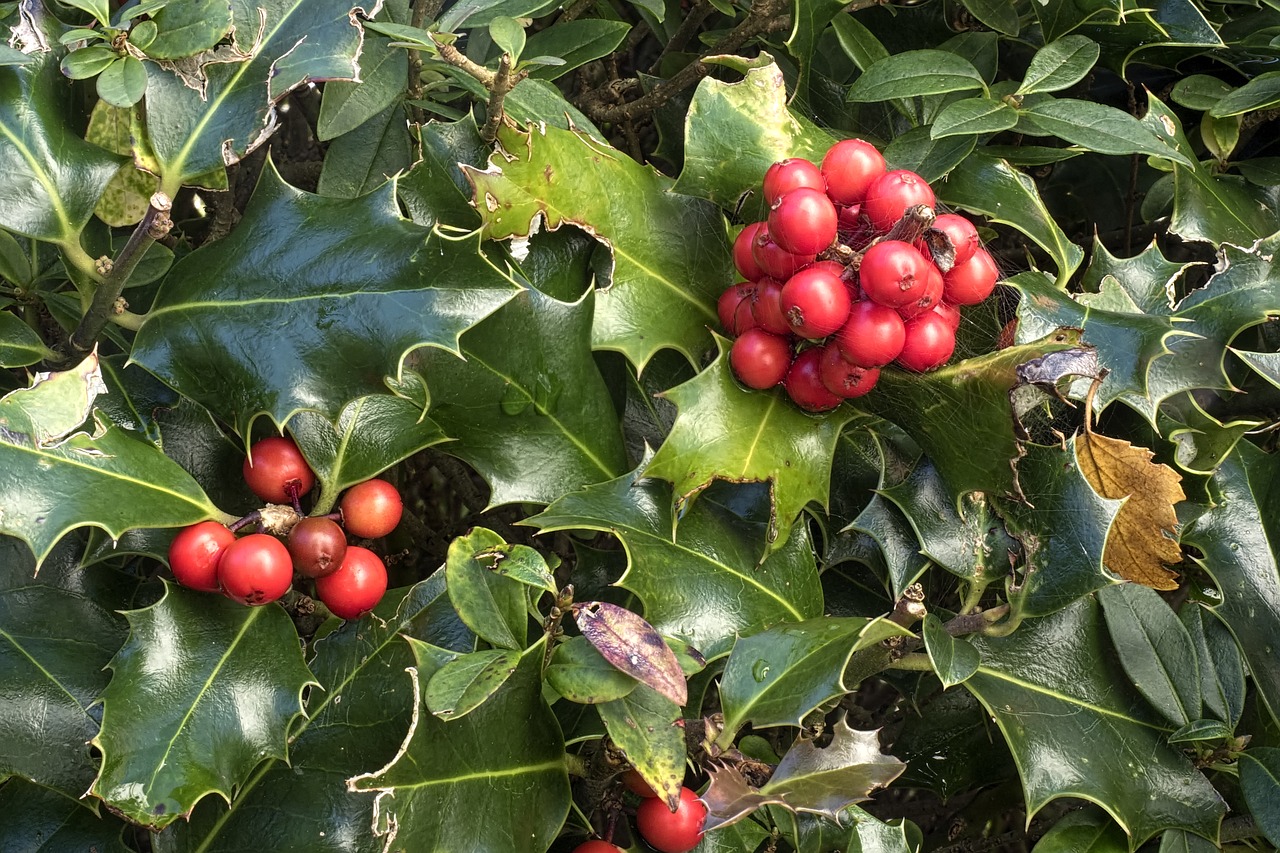
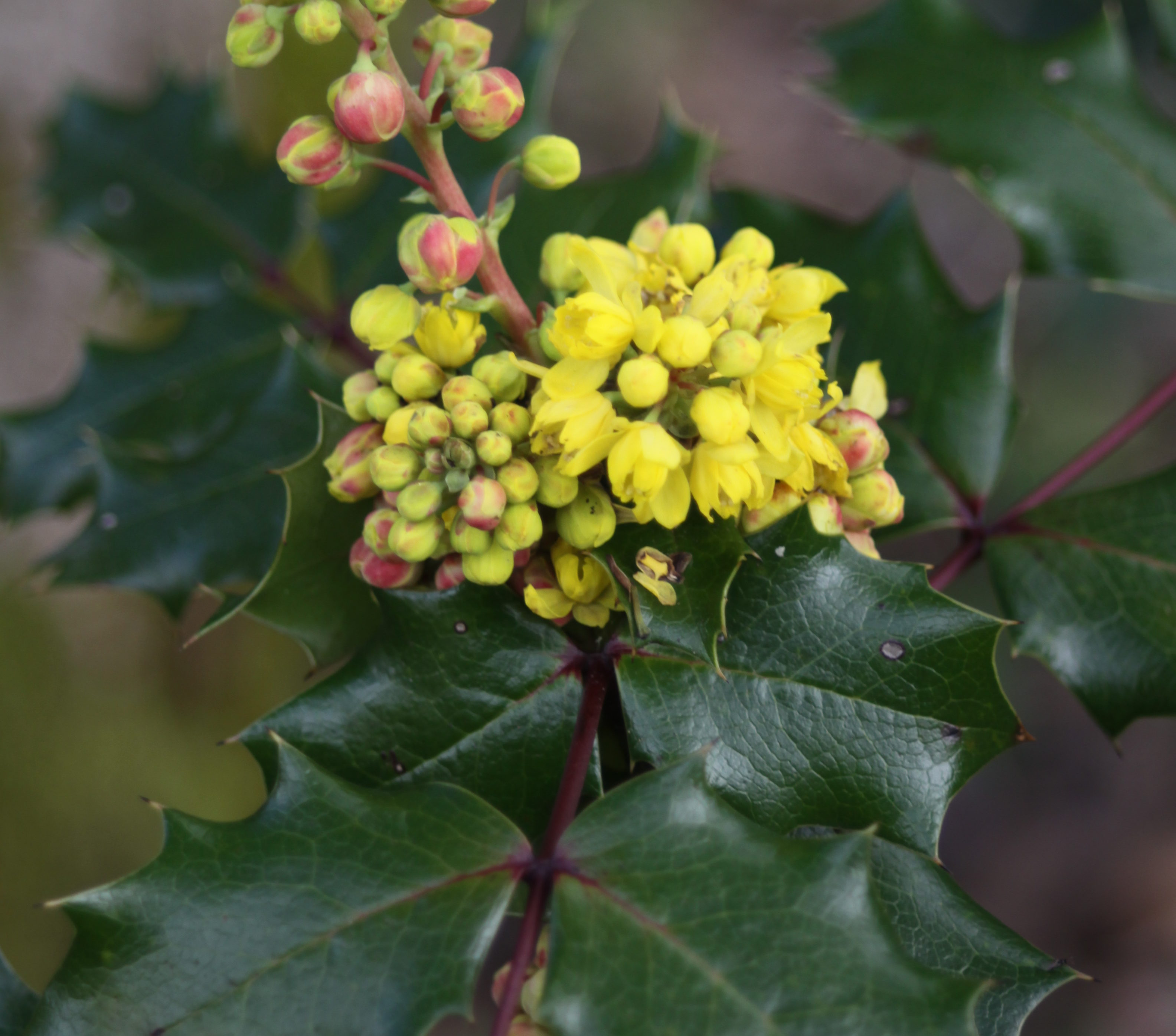

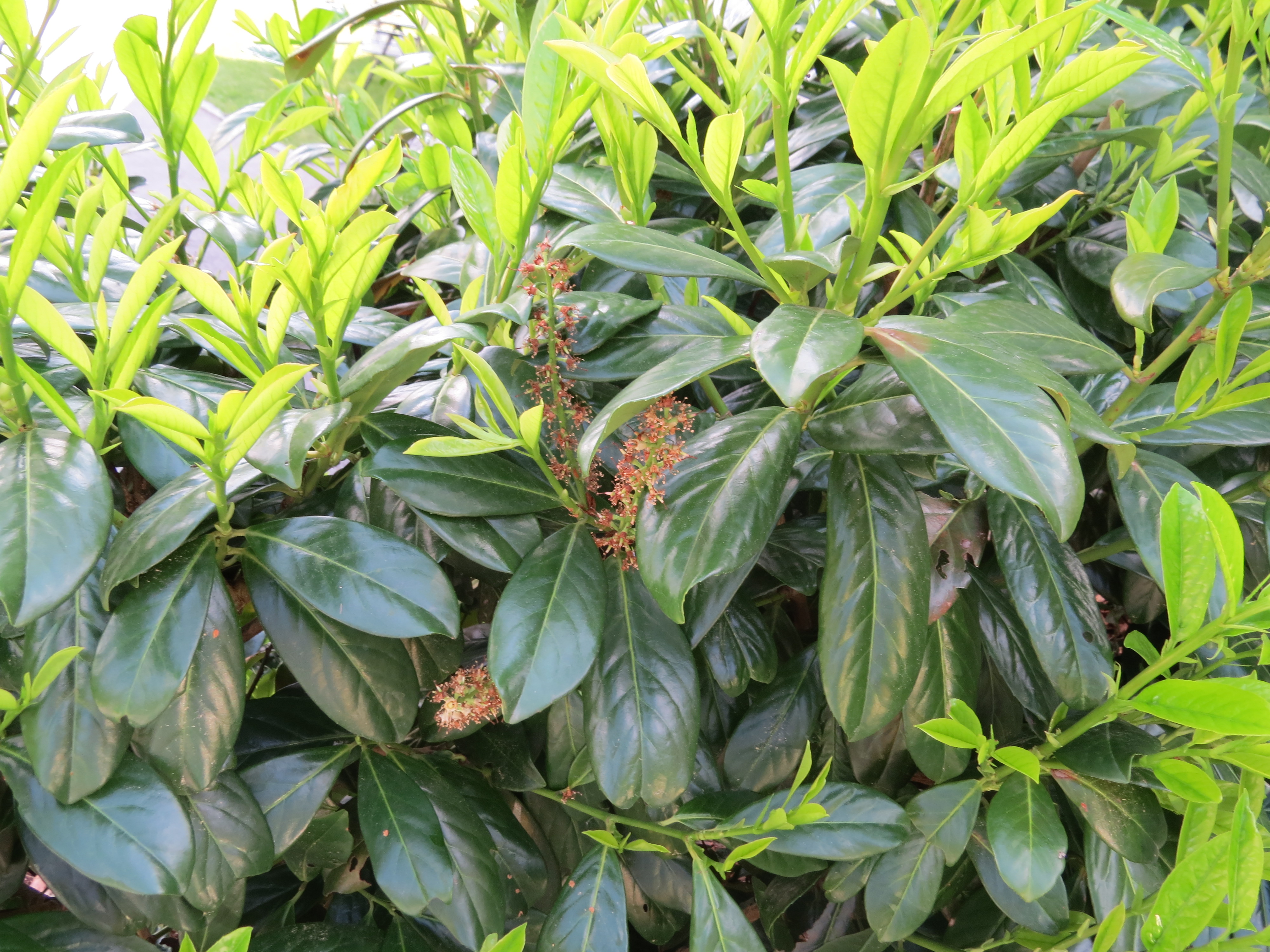

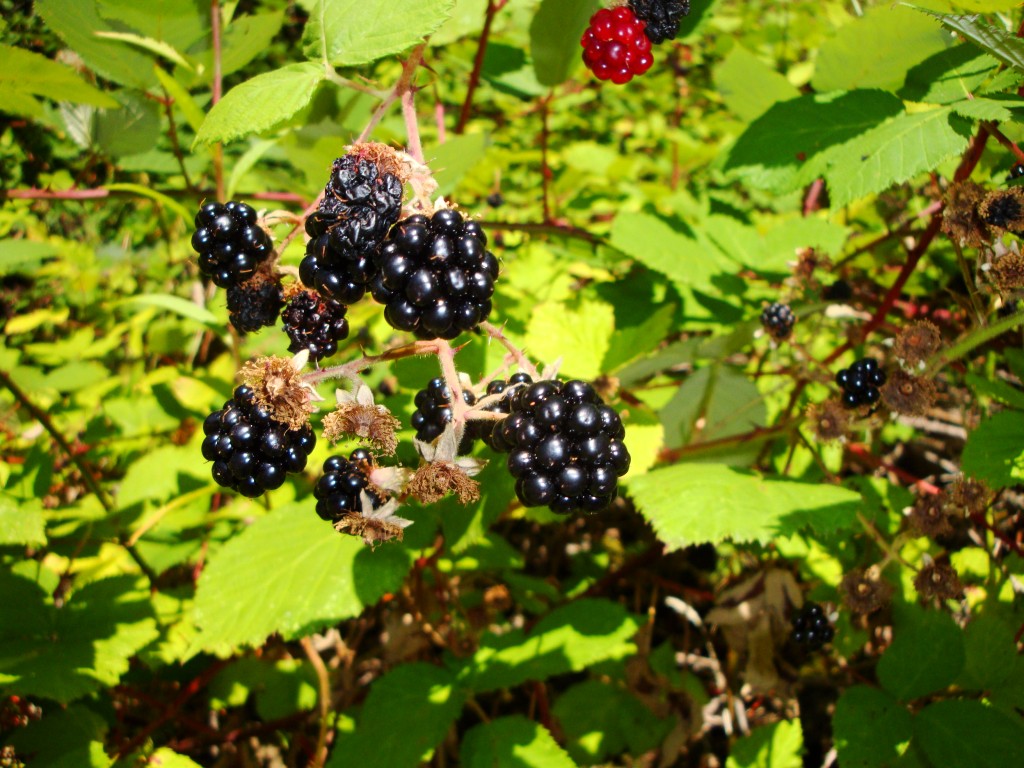
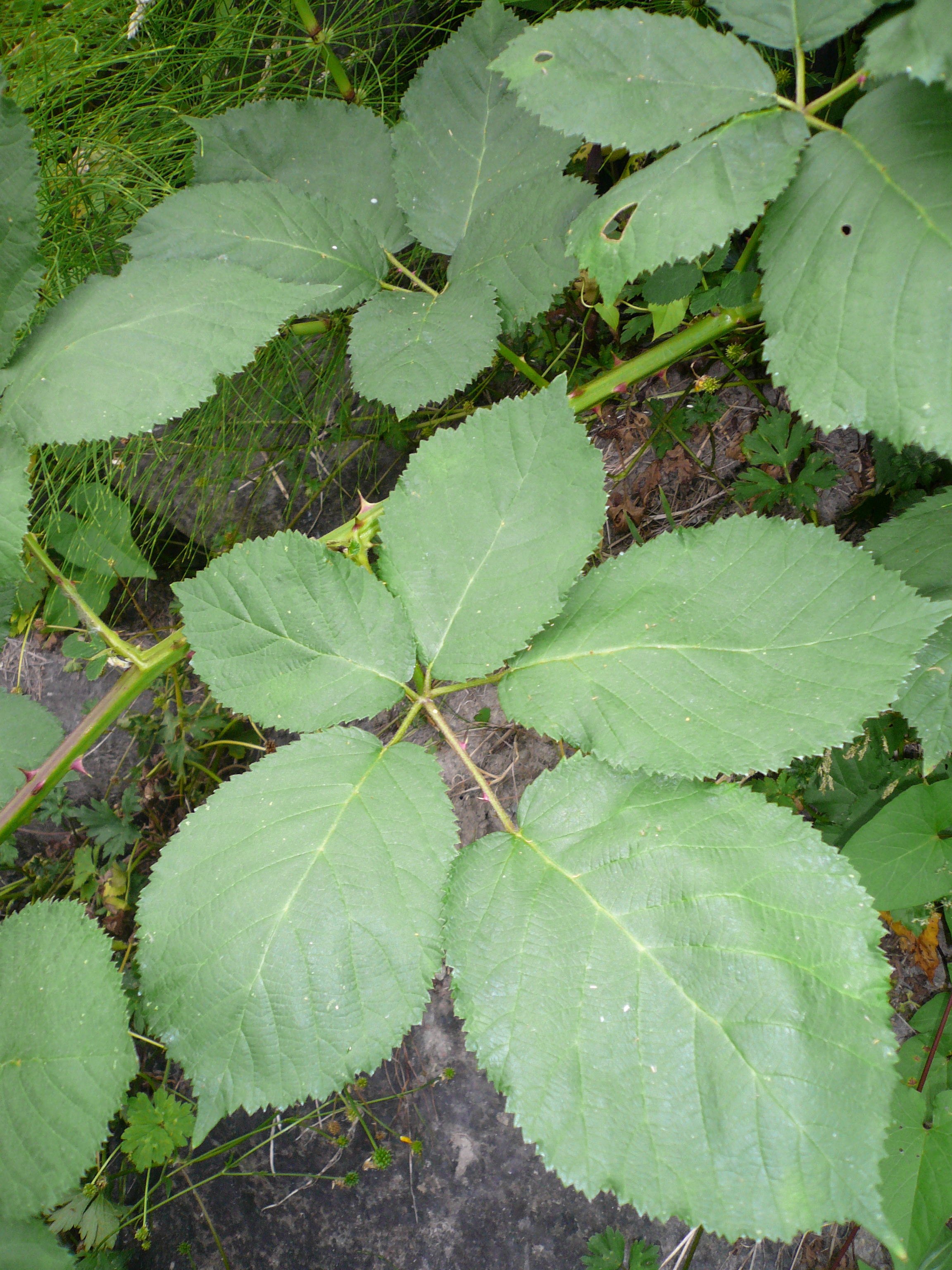
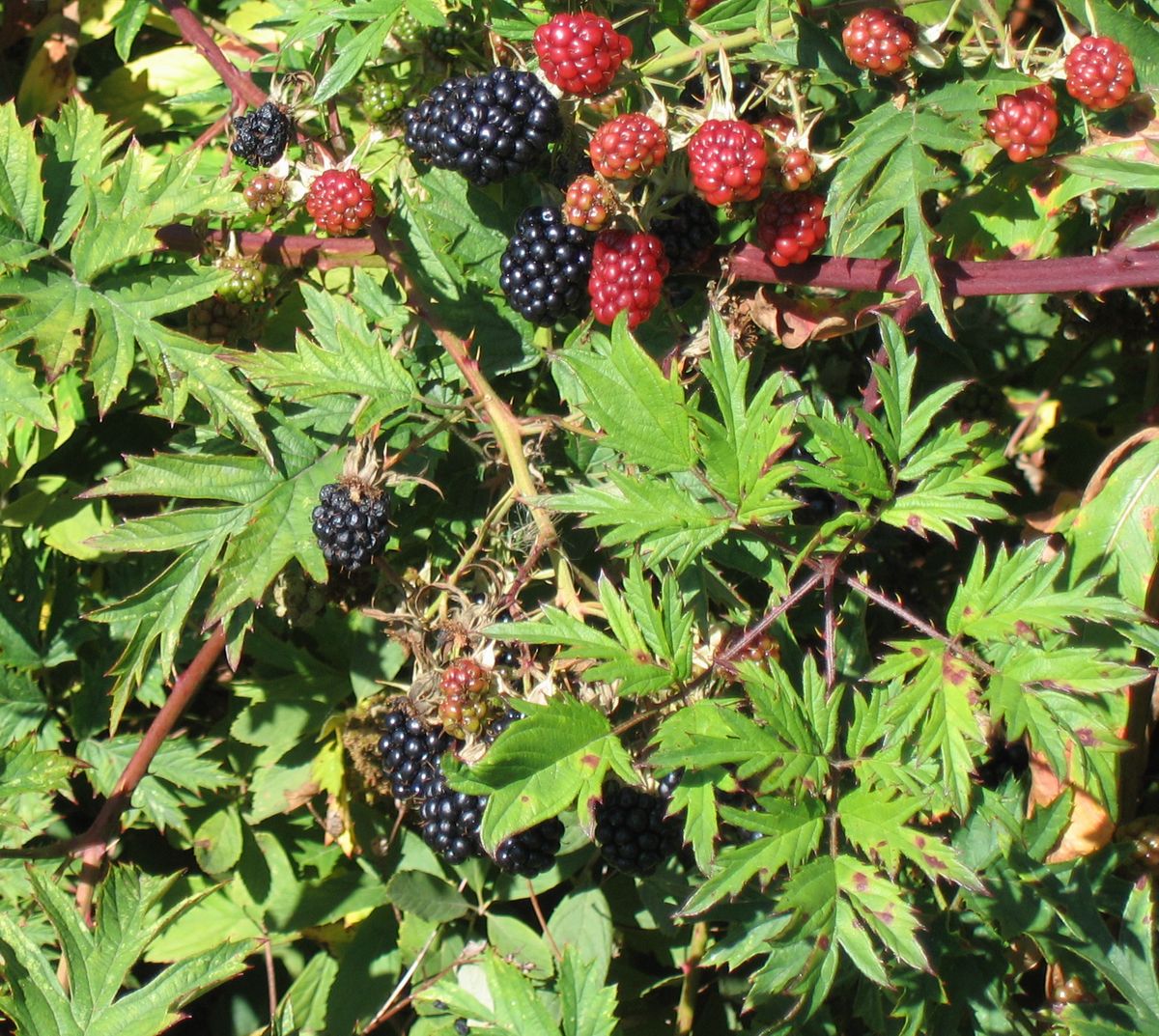
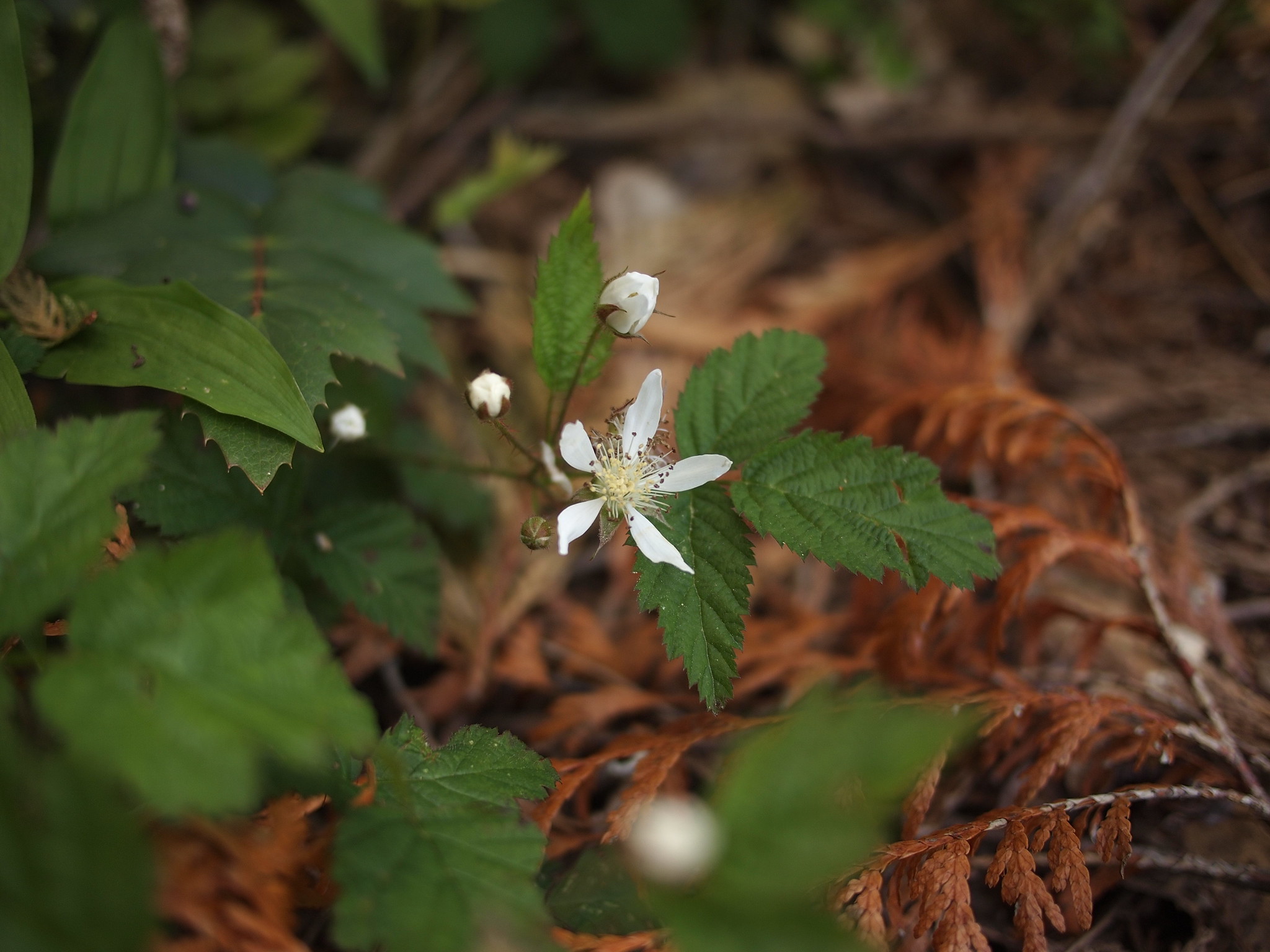


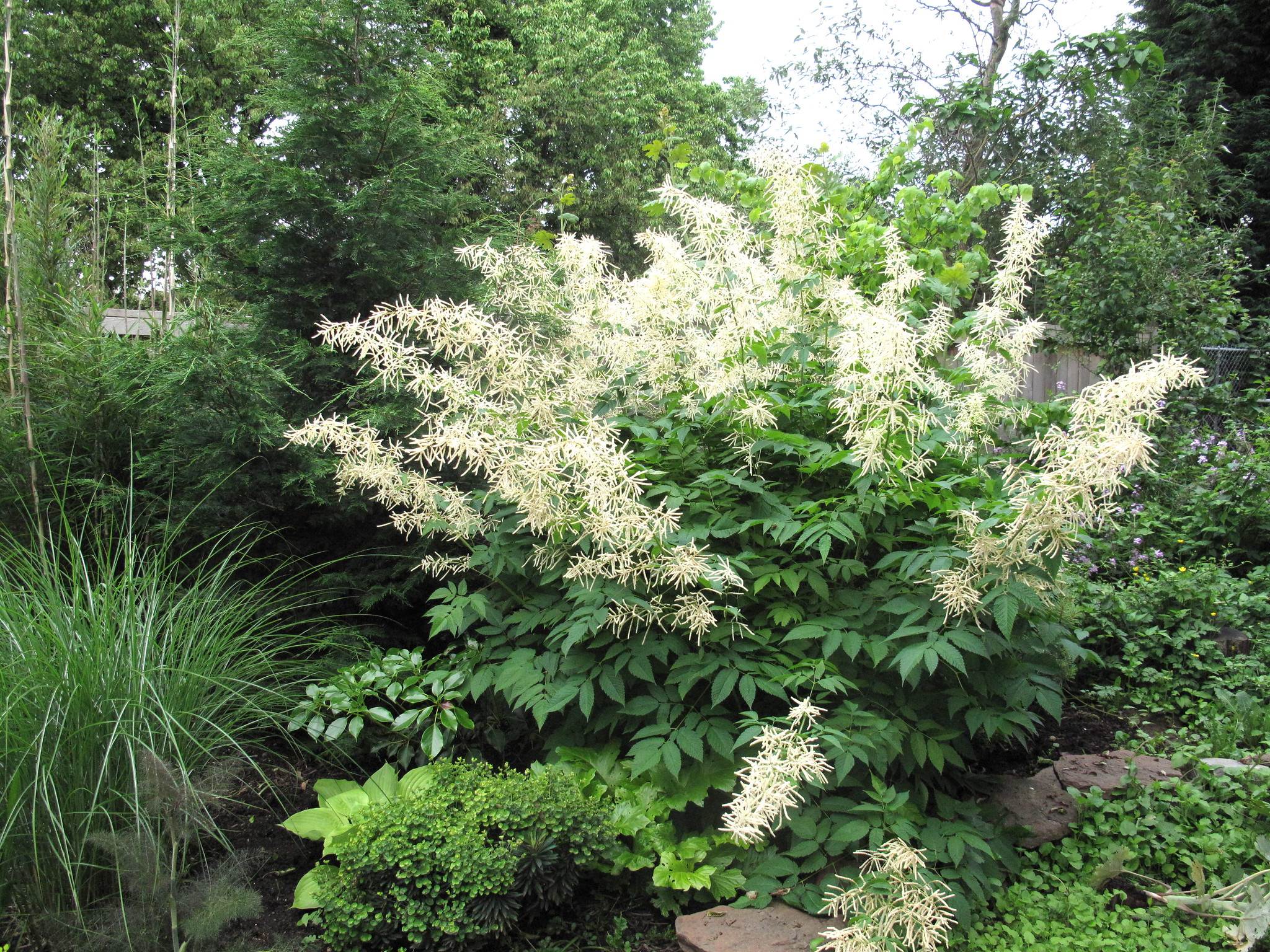
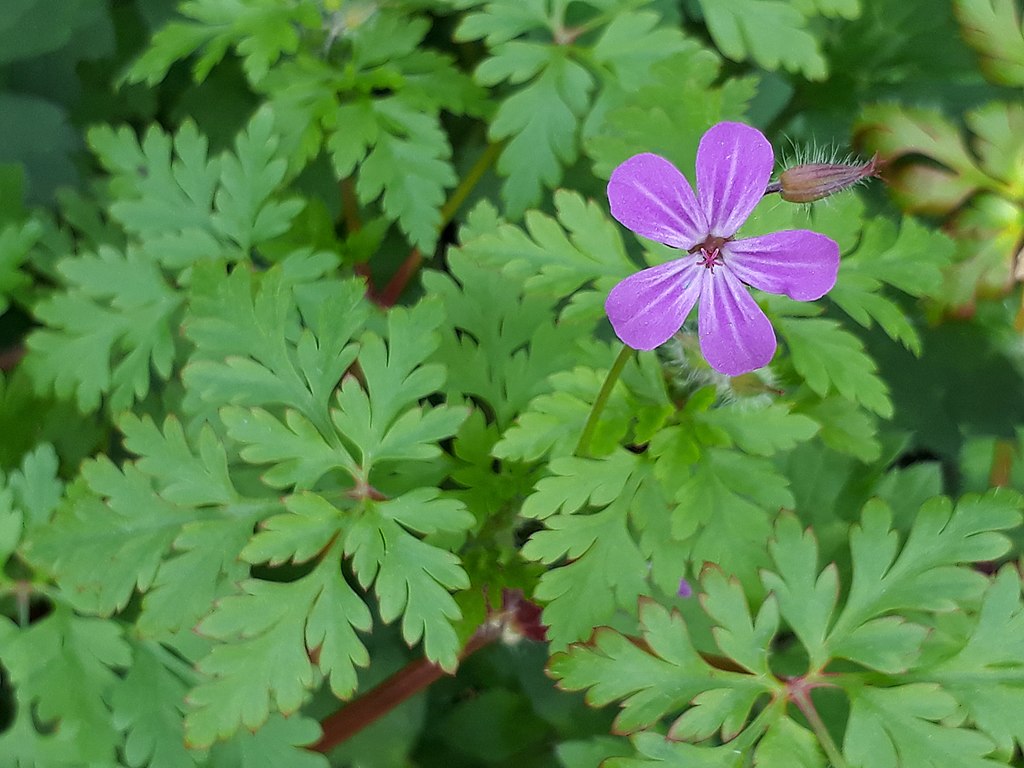
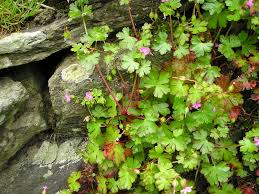
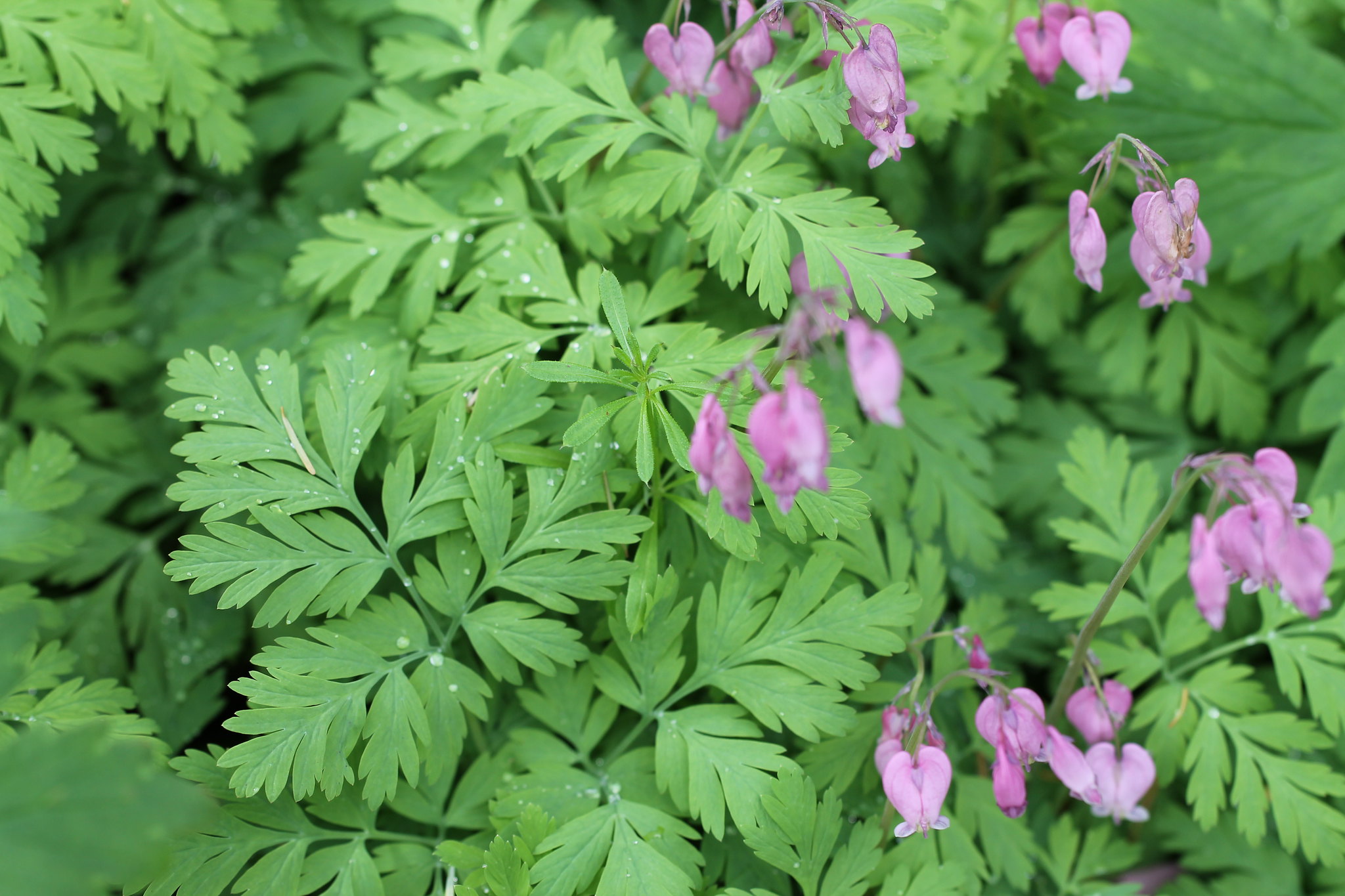
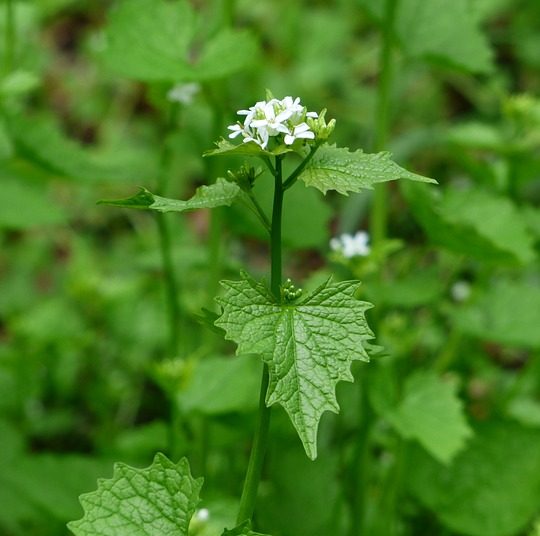
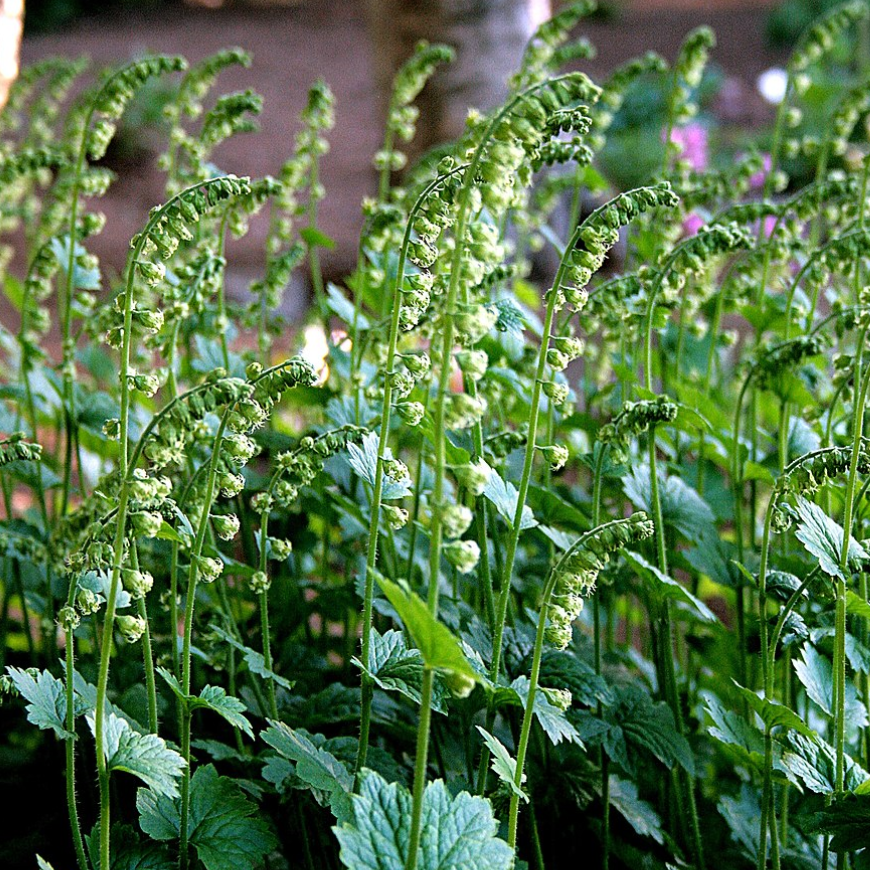
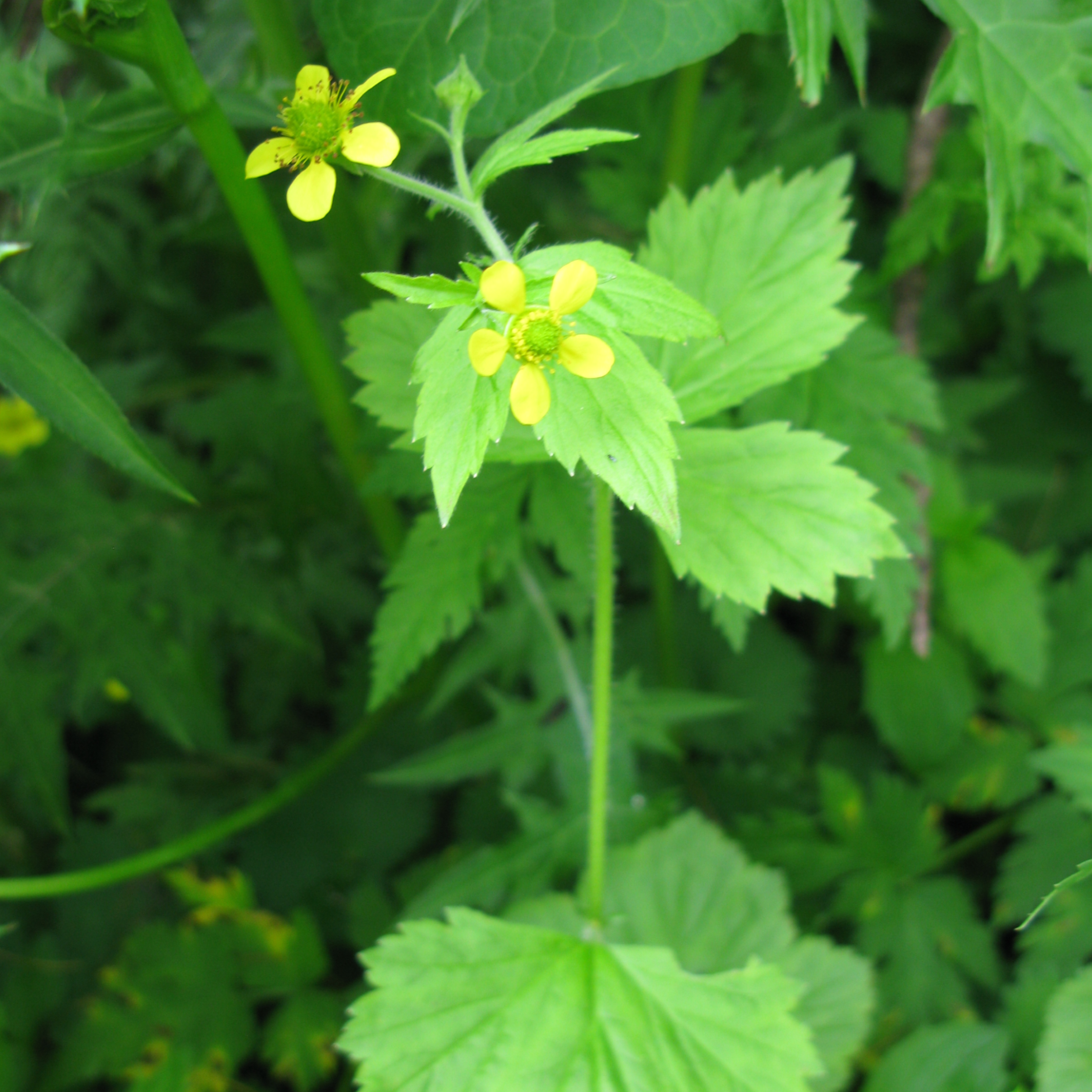
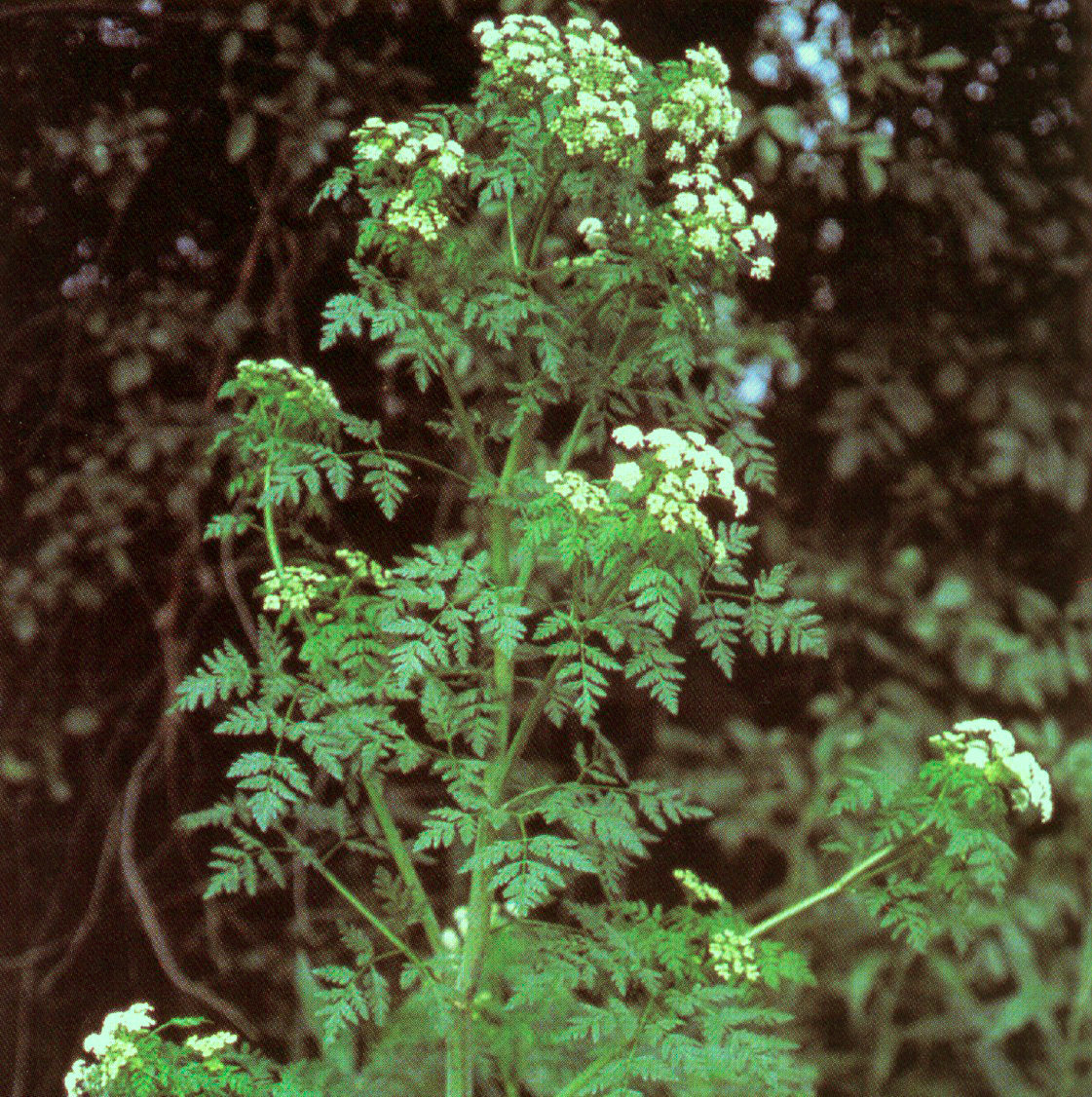
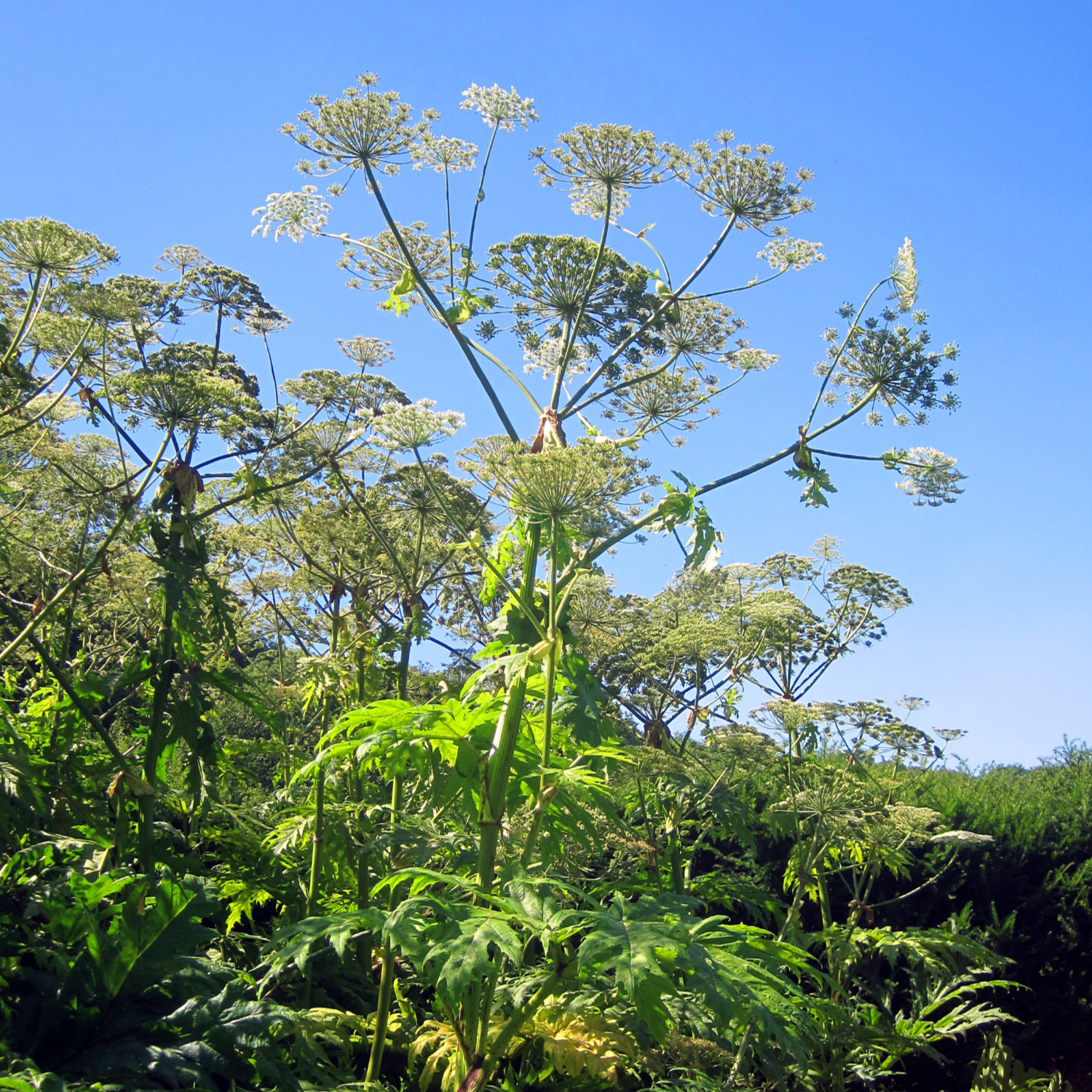
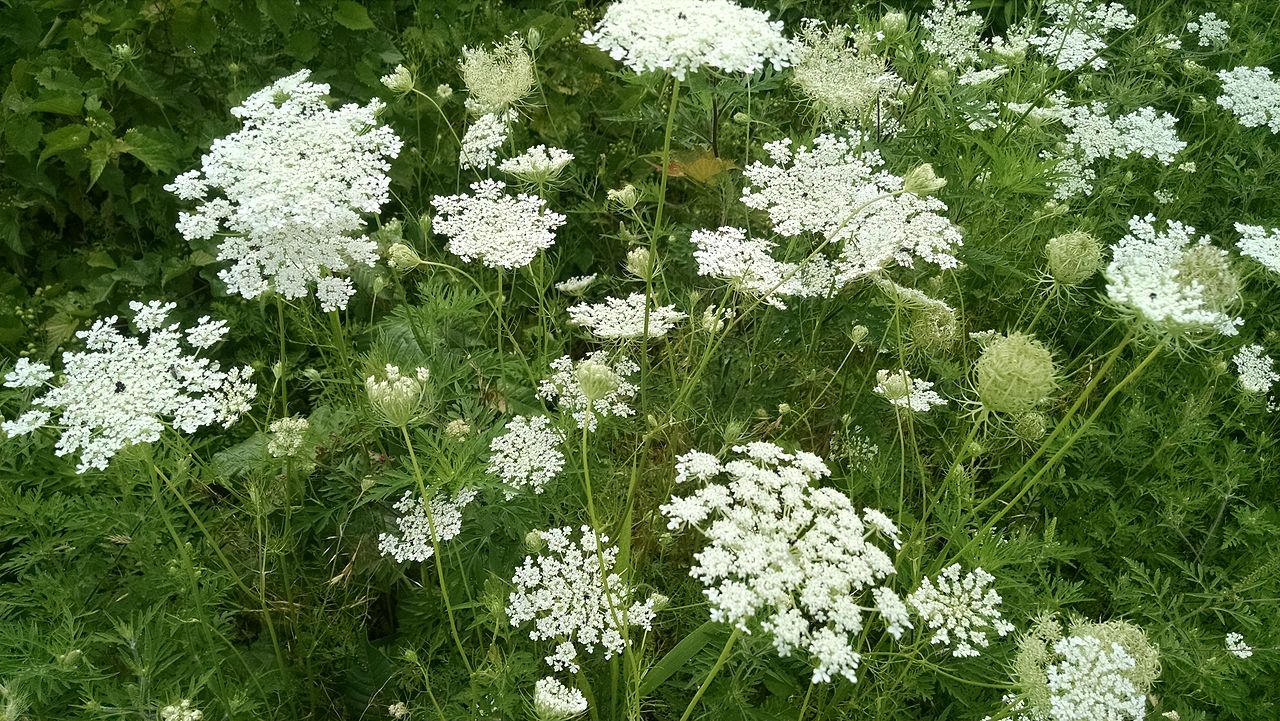
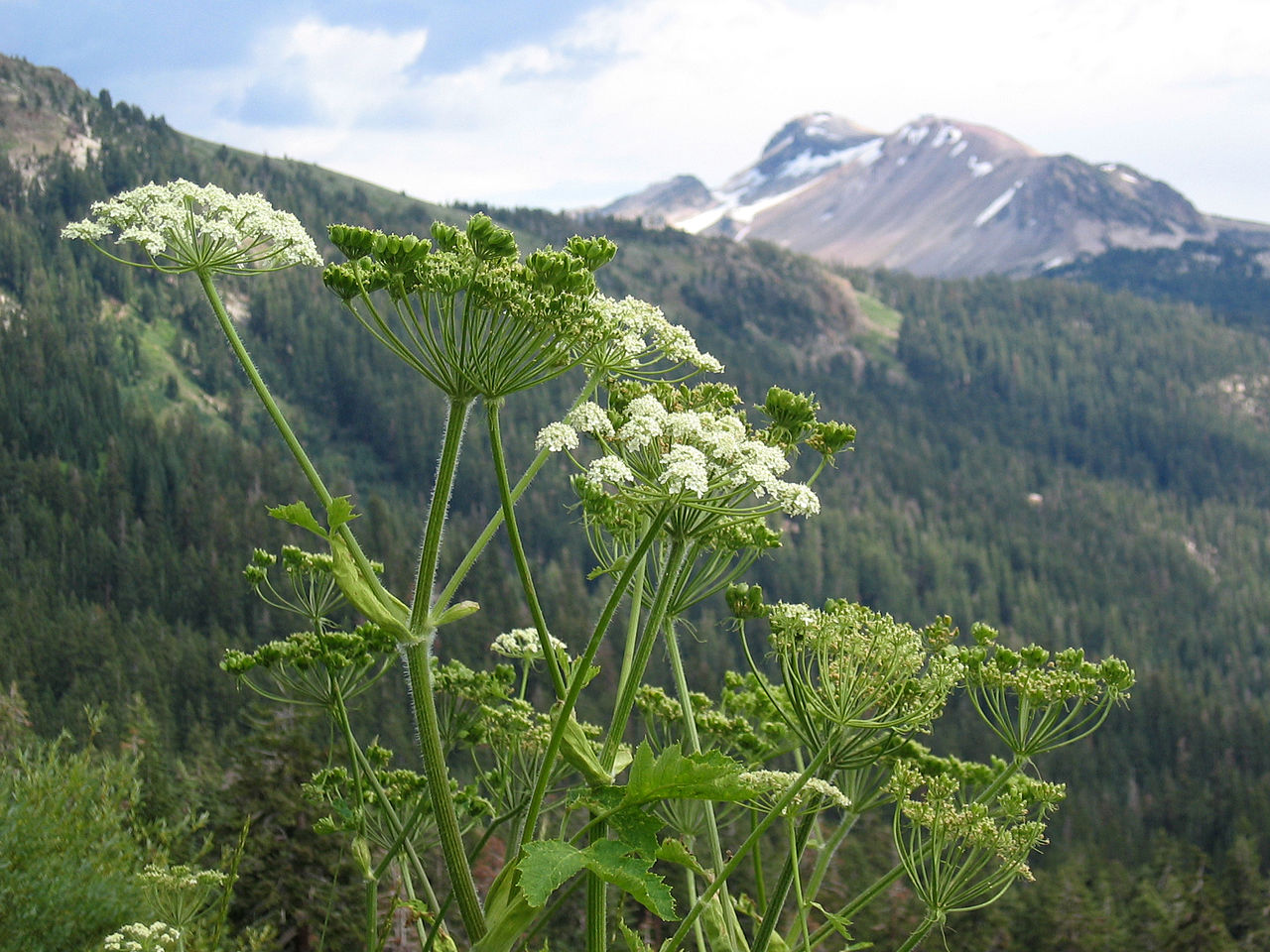
I need a tall privacy hedge. What to use instead of English laural?
Rhododendron and Salal are both great NW choices! Depending on how tall you want the hedge, and your yard size you could also intersperse with evergreen trees.
Here are some good site to check out:
https://www.nwcb.wa.gov/tree-and-shrub-alternatives-for-western-wa#spurge
https://www.nwcb.wa.gov/pdfs/Western_Garden_Wise.pdf
Is there a way to change the text to make it readable? It’s so light it’s barely visible. Also, will you be posting pictures? A list of plants that can be confused for each other is interesting, but to be educational it needs images to show and prevent the confusion. I apologize for any negativity, I would really like to learn this but the presentation makes it too difficult.
Thank you for the feedback! We’ll look into adding more photos and adjusting the font as soon as we can.
It’s actually “can’t see the forest for the trees” and refers to the difficulty of seeing the big picture when presented with a great deal of detail.
Refs: dictionary.com/browse/can-t-see-the-forest-for-the-trees,
grammarist.com/usage/cannot-see-the-forest-for-the-trees/
We were intending to twist the idiom in order to describe the opposite phenomenon, where people don’t see the details at all, and instead only see a big picture!